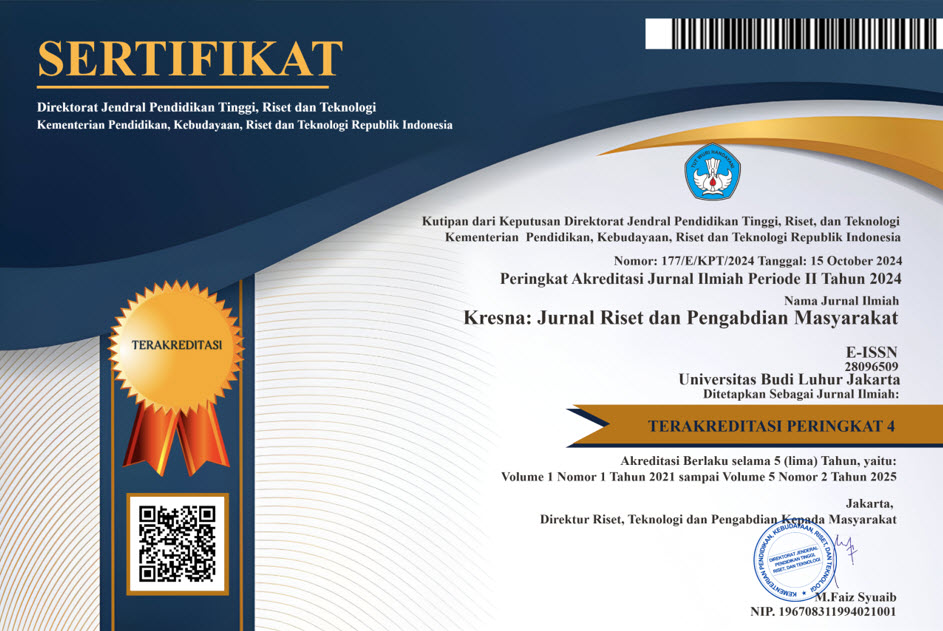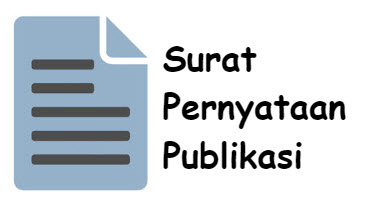Implementasi Algoritma Naïve Bayes Clasifier untuk Mengelompokkan Naskah Berita Pendidikan dan berita Covid-19
Implementation of the Naïve Bayes Classifier to Classify Education News and Covid-19 News
DOI:
https://doi.org/10.36080/jk.v1i1.2Keywords:
Naïve Bayes, Classifying, Grouping, TextsAbstract
As the time goes by, many information distribution institutions that initially conveyed news through printed media or electronic media, such as newspapers and television, turned in to digital media such as news portals which using the internet. In general, the news which been presented in the news portal consists of several categories, such as education news, health news, and other categories news. However, when grouping those news into its certain categories, some are still doing it manually, for instance by gathering several source persons to agree on which category the news belongs to. Compared to the manual method, news grouping can be done using an algorithm that can automatically classify news in to its category based on its content, either from its title or its scripts. Naïve Bayes is one of the algorithms that can be implemented for grouping news based on its text. Before classifying the news based on its text, it is necessary to collect the news data from both of its news scripts along with its title. In this study, the data were used was taken from several online media sources through the Google Alerts service which generates a search engine based on the selected criteria. Based on the testing results using 295 news scripts, 236 training data, and 59 testing data, it was obtained result of 74.58% accuracy.
Downloads
References
Y. D. Pramudita, S. S. Putro & N. Makhmud, Klasifikasi Berita Olahraga Menggunakan Metode Naïve Bayes Dengan Enhanced Confix Stripping Stemmer, Jurnal Teknologi Informasi dan Ilmu Komputer (JTIIK), vol. 5, no. 3, pp. 269-276, 2018.
B. S. Prakoso, D. Rosiyadi & H. S. Utama, Klasifikasi Berita Menggunakan Algoritma Naive Bayes Classifer Dengan Seleksi Fitur Dan Boosting, Jurnal Resti, vol. 3, no.2, pp.227-232, 2019.
D. Susandi and U. Sholahudin, Pemanfaatan Vector Space Model pada Penerapan Algoritma Nazief Adriani, KNN danFungsi Similarity Cosine untuk Pembobotan IDF dan WIDF pada Prototipe Sistem Klasifikasi Teks Bahasa Indonesia, Jurnal ProTekInfo, vol. 3, no.1, pp.22-29, 2016.
D. N. Chandra, G. Irawan & I. N. Sukajaya, Klasifikasi Berita Lokal Radar Malang Menggunakan Metode Naïve Bayes Dengan Fitur N-Gram, Jurnal Ilmi Komputer (JIKI) vol. 4, no. 2, pp. 10-20, 2016.
D. Firdaus, Penggunaan Data Mining dalam Kegiatan Sistem Pembelajaran Berbantuan Komputer, Jurnal Format, vol. 6, no. 2, pp.91-97, 2017.
A. Saifudin, Metode Data Mining Untuk Seleksi Calon Mahasiswa Pada Penerimaan Mahasiswa Baru Di Universitas Pamulang, Jurnal Teknologi, vol. 10, no. 1, pp. 25-36, 2017.
H. Annur, Klasifikasi Masyarakat Miskin Menggunakan Metode Naïve Bayes, Jurnal ILKOM, vol. 10, no.2, pp.160-165, 2018.
H. K. Wardana, I. Swanita and B. W. Yohanes, Sistem Pemeriksa Pola Kalimat Bahasa Indonesia berbasis Algoritme Left-Corner Parsing dengan Stemming, JNTETI, vol. 8, no.3, pp. 211-217, 2019.








 Kirim email ditujukan ke
Kirim email ditujukan ke 
